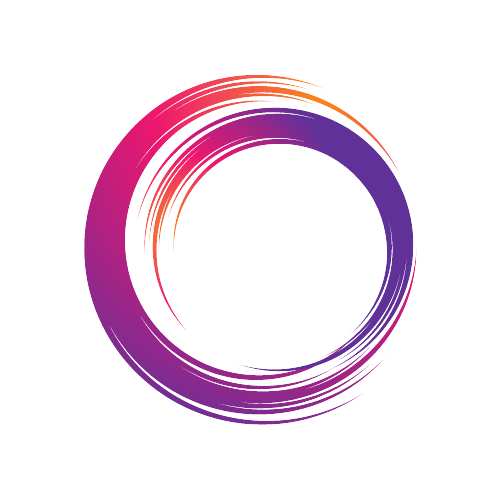Language is a powerful tool that shapes our perceptions and attitudes. When it comes to discussing disabilities, the words we choose can either contribute to stereotypes or promote understanding and acceptance. For educators, caregivers, and advocacy groups, using inclusive language and the correct term for disabled person is critical in fostering a respectful and supportive environment for disabled individuals.
Understanding The Power of Language
Words have the ability to influence our thoughts and behaviours. When we use respectful and accurate language, we contribute to a more inclusive society. Conversely, derogatory or outdated terms can perpetuate stigma and reinforce negative stereotypes. It’s essential to recognise this impact and strive to adopt language that respects the dignity of all individuals.
Person-First vs Identity-First Language
There are two primary approaches to inclusive language around disabilities: person-first and identity-first. Person-first language places emphasis on the individual before their disability (e.g., “person with a disability”). This approach highlights the person rather than defining them by their disability. On the other hand, identity-first language places the disability first (e.g., “disabled person”), which some individuals prefer as it acknowledges their disability as an integral part of their identity.
When to Use Each Approach
Understanding when to use person-first or identity-first language can be challenging. The best approach is to ask individuals how they prefer to be identified and respect their choices. In educational materials and public communications, it’s crucial to be sensitive and adaptable, recognising that preferences can vary widely.
The Harmful Impact of Derogatory Terms
Using derogatory or outdated terms can cause significant harm. Such language not only reinforces negative stereotypes but also marginalises disabled individuals. Terms that were once considered acceptable may no longer be appropriate as society evolves and our understanding of disabilities improves. Continuously updating our language to reflect current standards of respect and acceptance is imperative.
Practical Tips for Using Inclusive Language
To effectively incorporate inclusive language into everyday conversations, educational materials, and media representations, consider the following tips:
- Stay Updated: Regularly educate yourself on the preferred terminology within the disabled community. Language evolves, and staying informed shows respect and commitment to inclusivity.
- Listen and Learn: Pay attention to how disabled individuals describe themselves. Use their preferred terms and respect their choices.
- Avoid Assumptions: Never assume how someone wishes to be identified. When in doubt, ask politely.
- Educate Others: Share your knowledge about inclusive language with colleagues, students, and community members. Promoting awareness helps create a more inclusive environment for everyone.
- Review Materials: Regularly review educational content, marketing materials, and media representations to ensure they reflect inclusive language practices. This includes books, websites, and promotional content.
The Role of Educators, Caregivers, and Advocacy Groups
Educators, caregivers, and advocacy groups play a pivotal role in promoting inclusive language. By modelling respectful language and educating others, these groups can help shift societal attitudes towards greater acceptance and understanding of disabilities.
Educators
Teachers and educational professionals have a unique opportunity to shape young minds. By incorporating inclusive language into the curriculum and classroom discussions, educators can foster an environment of respect and empathy.
Caregivers
Caregivers interact closely with disabled individuals and their families. Using inclusive language in daily interactions helps build trust and demonstrates a commitment to the dignity and well-being of those in their care.
Advocacy Groups
Advocacy groups are at the forefront of promoting the rights and inclusion of disabled individuals. By championing inclusive language in their communications and campaigns, these groups can lead by example and influence broader societal change.
Conclusion
Inclusive language is more than just a set of words; it represents respect, understanding, and a commitment to equality. By adopting inclusive language practices, educators, caregivers, and advocacy groups can significantly impact how society views and treats disabled individuals. Let’s strive to create a world where everyone feels valued and respected.

